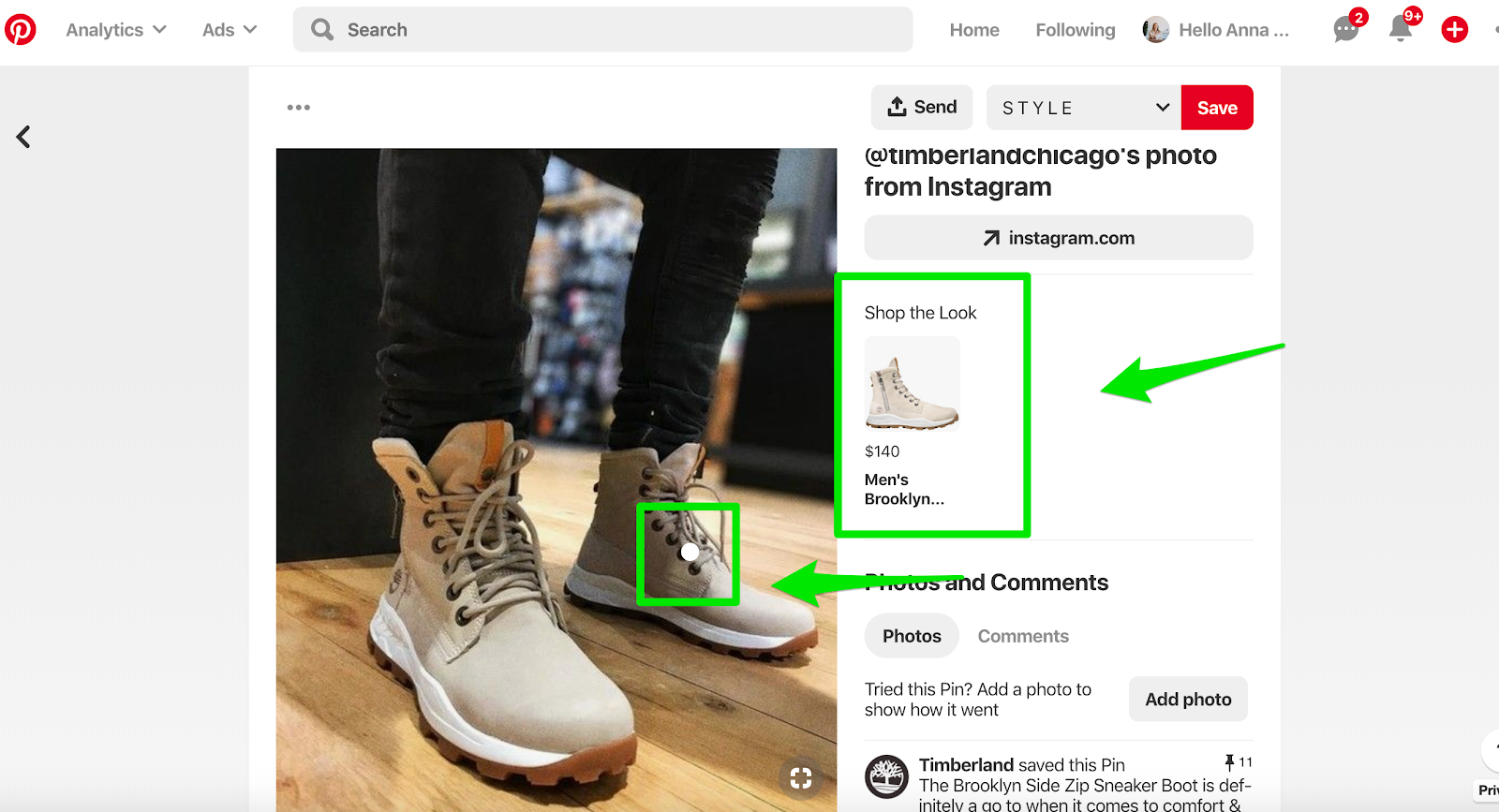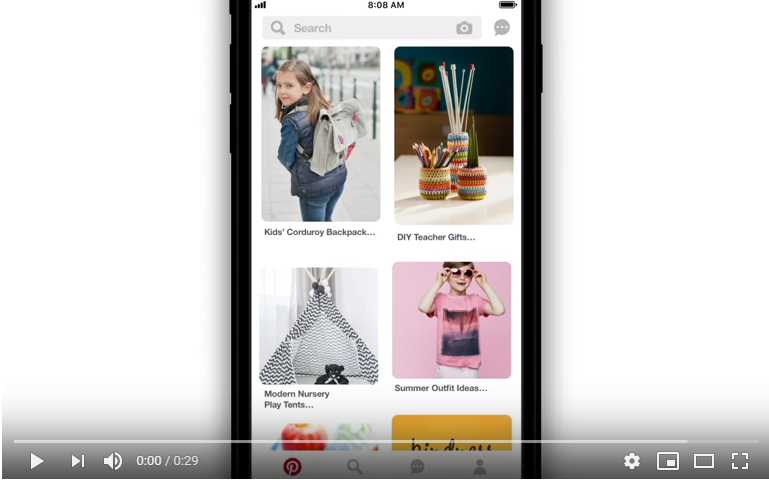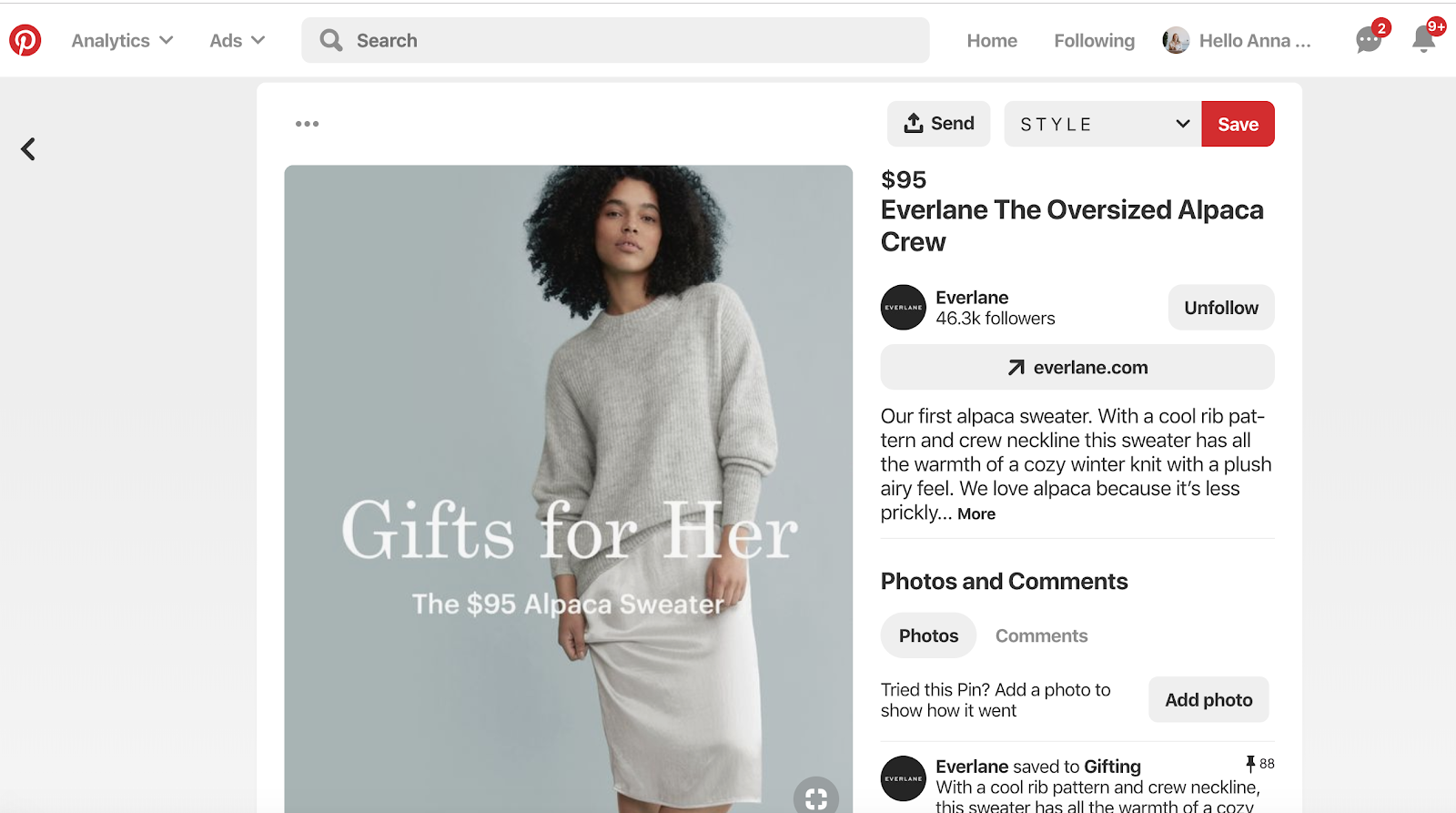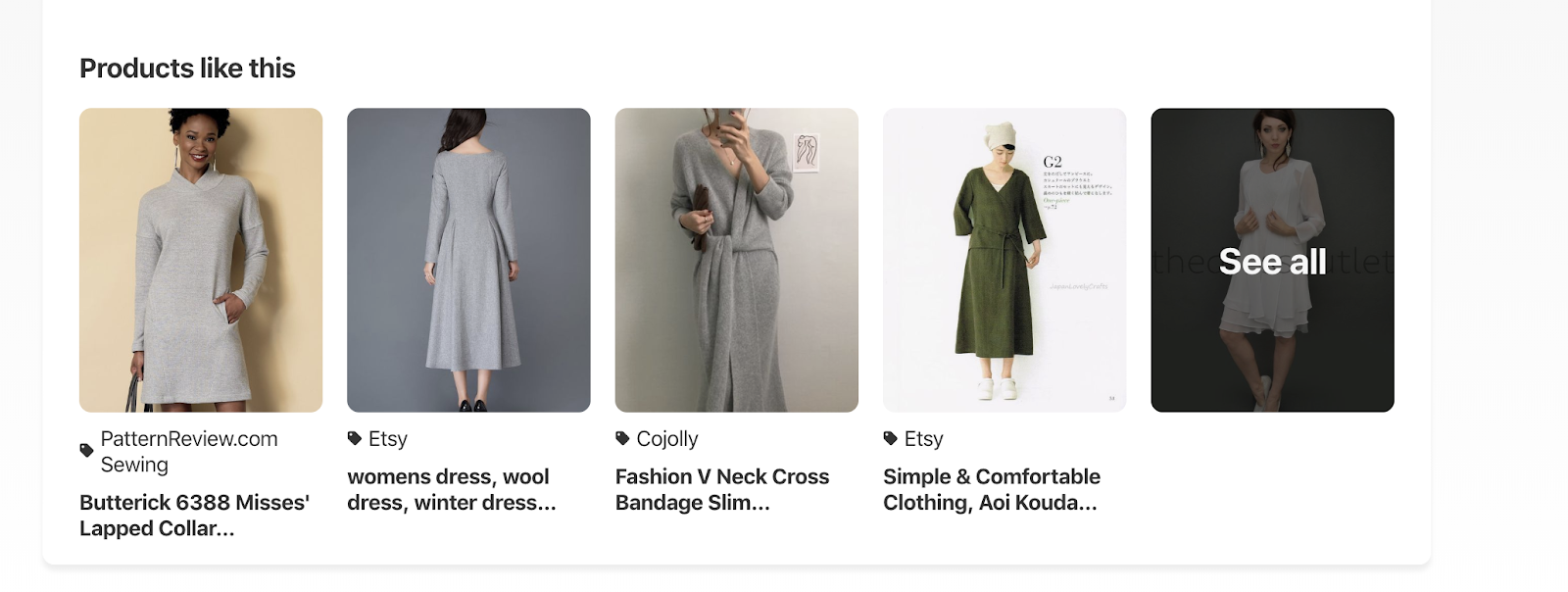07 Sep 11 Social Media Marketing Strategies for Ecommerce Websites via @annaleacrowe
Social media is one of those things, like high waisted shorts or people still using the hashtag #nomnoms, that you either love or really hate.
But, if you’re an ecommerce company, it can be kind of cringe-worthy.
Between Facebook, Instagram, and new social networks like Vero and Steemit, where do you start?
As Brent Csutoras, co-owner and adviser of Search Engine Journal, puts it:
“In 2019, businesses need to really take the time to understand their customers and how they interact with the brand on each social media site, and then engage with them in the right tone, with the right medium, and in their communities.”
So to help get your ecommerce website one hell of a social media strategy, I’ve picked out 11 tips to share on four top social networks to drive sales.
Tip 1: Go Live
Stop scheduling your promoted posts, put your content calendars away – Facebook is testing a new ecommerce tool for Facebook Live that allows Pages to display products in their stream.
Then, viewers can purchase through screenshots.
Jeff Higgins saw the first sighting:
Facebook is adding a live video mode for sellers. Viewers can message you during the broadcast with screenshots of the product and you can take payments from your inbox.
Facebook is essentially giving users their own live Home Shopping Network. pic.twitter.com/gQDuuJkqNr— Jeff Higgins Is All About Some Hot Pretzels (@ItsJeffHiggins) November 29, 2018
Think of this like a QVC or Home Shopping Network.
I know, I know, just another Facebook feature. But it works.
Emily Ley sold 2.28x more planners in May 2018 launch compared to the previous year’s launch with help from Facebook Live video and ads.
Tip 2: Link to Facebook Messenger from Your Website
Facebook Messenger has more than 1.3 billion monthly active users.
However, it’s still a huge sales channel that ecommerce brands are missing.
Once you get your Facebook Messenger set up, you need to link it to your site.
After you link it to your site, Facebook Messenger will show product updates, price changes, and give you the ability to provide customer support.
Want proof?
In one day, this brand generated 254 orders and $23,987.64 in revenue with Facebook Messenger.
And, you better get on this soon. Facebook has a patent that allows users to pay for products through Messenger.
Tip 3: Invest in Facebook Ads
As the old saying goes, “you’ve got to pay to play.” And, that’s true with Facebook.
The good news is that Facebook offers a variety of ads for ecommerce websites.
For example, PupSocks spent $1 million in 30 days to gain $4 million in sales.
How did they do it?
They started with boosted posts then turned the top performing post into an ongoing ad campaign.
Whereas MVMT tested multiple Facebook ad formats like video and carousel to help them grow from zero to $90 million in less than 5 years.
Tip 4: Start Using Shoppable Posts
It may still be the reign of Facebook (pause for a united ughhh!), but I’m detecting the rise of Instagram.
Enter: Shoppable Posts.
This functionality originated in 2018 and unintentionally changed the ecommerce social media landscape.
Spearmint LOVE, an eco-friendly children’s clothing company, saw a 25% increase in traffic and an 8% increase in revenue after using Instagram’s shoppable posts.
Lulus, a womenswear brand, received over 100,000 visits to their website and 1,200 product orders after using shoppable posts.
Shoppable posts give brands the opportunity to showcase their storefront within the social network.
Businesses can use shoppable posts in standard image posts and Stories.
Tip 5: Grow Your Followers
While growing your followers on Instagram may seem like common sense for any business, there are additional perks.
When an Instagram account gets more than 10,000 subscribers, you have the opportunity to add direct links into Stories. This will take a user to your website with one swipe.
Ecommerce brands can also create multiple folders for their Stories.
These folders can be used as categories of your website like “Semi-Annual Sale” or “Best Sellers.”
Tip 6: Start Thinking about IGTV
IGTV hasn’t taken off yet for ecommerce brands like the other Instagram features. However, Instagram’s Collections may be the starting point.
The new IGTV layout resembles Pinterest, especially with their Collections.
If you wanted to showcase an outfit from clothes from your store, brands could add a collection of items you wore. This includes shoppable posts. This will likely take shape further in 2019.
And, IGTV isn’t the only new feature for ecommerce brands that Instagram is rolling out.
Word on the street is that Instagram developers are building native payment options.
Soon, Instagram users will be able to book movie tickets, restaurants, or potentially buy without being redirected to the website.
Tip 7: Add Shop the Look to Your Pins
With new updates from Facebook and Instagram hitting the scene on what feels like a daily basis, it can be easy to forget about social networks like Pinterest.
But, with the announcement of Pinterest’s IPO, this changes the game for ecommerce brands.
Pinterest will now compete with Google as it looks to increase ad revenue through direct response, on-platform purchases, and better contextual discovery with its ‘Shop the Look’ Pins.
You can see brands like Timberland already using the new tool with the help of Pinterest partner Olapic.


Want more good news? Kunlong Gu, Engineer for Pinterest, announced it would be automating this ‘Shop the Look’ process.
Tip 8: Dedicate a Budget to Promoted Carousel Ads
Before you use up your ad budget with Facebook and Instagram, set aside a small portion to test Pinterest’s Promoted Carousel ads.
Brands like Toyota, REI, Everlane, Away, etc. can already be seen using these.
Check out Cheerios.


This campaign saw an 11.4 point lift in ad awareness and an 8.6 point lift in message association.
Tip 9: Activate Product Pins
In October 2018, Pinterest announced that Product Pins would be replacing Buyable Pins.


These Product Pins display pricing, stock information, and the ability to go to the product to buy in just a few clicks.
In the past quarter, Pinterest saw a 40% increase in clicks on products to retail sites.
Once you have Product Pins in place, it will also direct users to a shoppable feed like this:


Others to Keep Your Eye On
Tip 10: Test Collection Ads on Snapchat
Snapchat partnered with Amazon in 2018 to test visual search shopping which led to the launch of Collection Ads.
According to a company blog post, eBay saw a 5x higher engagement rate with Collection Ads compared to standard Snap Ads.
The company is working with 40 new partners to grow their ecommerce offerings so I’d recommend stalking Snapchat if you’re looking to explore new channels.
Tip 11: Create a Video Strategy for YouTube
Nearly two-thirds of social media users report they use YouTube (63%) and Instagram (61%) more in 2018 than 2017, compared to 52% who say they use Facebook more this year.
That’s why we’re seeing ecommerce brands start to take to YouTube to sell.
Luxyhair.com grew to a 7-figure business with YouTube.
And, Zagg utilized YouTube ads to increase conversions by 75%.
Social Media Is More Than a Sales Channel
Success doesn’t happen by accident on social media, no matter what you’re selling.
You have to start, and fail, then succeed. You have to realize the value of building a brand, then adapt to your community.
Many ecommerce companies make the mistake of assuming that just because you’re on social media means you’re giving your consumers what you want.
But, the reality is, there are millions of options for consumers now. How can your ecommerce product be different?
A study by Sprout Social found that a whopping 84.9% of customers won’t purchase an item until they’ve seen it multiple times.
You have to find the channel your customers are listening to and talk to them there to develop a connection. It’s a continuous circle of testing.
Image Credits
Featured Image: Paulo Bobita
All screenshots taken by author
Sorry, the comment form is closed at this time.